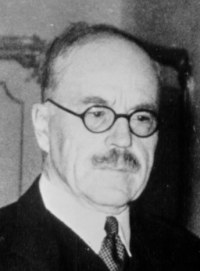|
 Sir Henry Tizard
served as a pilot in the Royal Flying Corps during World War I. In 1933 he was appointed chairman of the Aeronautical
Research Committee and served in this post for most of
the Second World War. In 1934 he was selected to
chair a committee to review the Air Defence situation which became known as
the Tizard Committee. It was this committee that initiated British radar development. Sir Henry Tizard
served as a pilot in the Royal Flying Corps during World War I. In 1933 he was appointed chairman of the Aeronautical
Research Committee and served in this post for most of
the Second World War. In 1934 he was selected to
chair a committee to review the Air Defence situation which became known as
the Tizard Committee. It was this committee that initiated British radar development.
Tizard maintained an active interest in the work to develop radar. As
the initial Chain Home stations were set up, his experience as a pilot made
him aware that methods were needed to guide fighter aircraft to home in on
hostile aircraft which showed up on the radar. This led him to start a
special unit at Biggin Hill to work out effective techniques for interception.
Subsequently, well before the war and before the initial Chain Home radar
system was operational, he anticipated that a working system would result in
hostile aircraft switching to night attack. He had the foresight to start
early work on Airborne Interception radar at Bawdsey to help interception at
night and in poor visibility. His foresight proved well founded, and the
early start on Airborne Interception radar paid off!
After the war he served as chairman of the Defence
Research Policy Committee and was president of the
British Association for the Advancement of Science.
Sir Henry Tizard
23 August 1885 – 9 October 1959
|